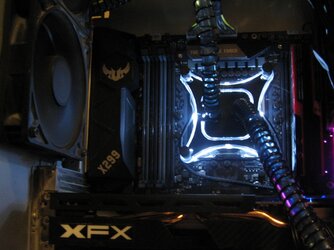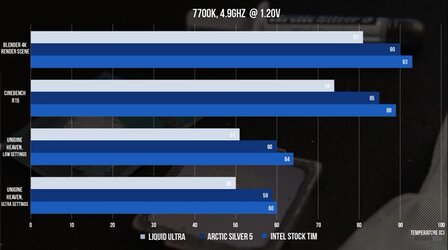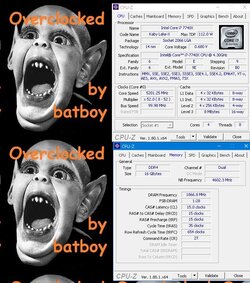- Joined
- Jan 12, 2001
- Location
- Kansas, USA
- Thread Starter
- #21
I have the water loop back together and I'm leak testing. I have an older laptop and this HDD seems so loud and slow after getting used to that Samsung 960 Pro.
Neb, I tried the vice method, but when I started applying force, I chickened out.
I did the razor blade IHS removal method to a couple P-4 way back when (think they were the first with the cap).
Neb, I tried the vice method, but when I started applying force, I chickened out.
I did the razor blade IHS removal method to a couple P-4 way back when (think they were the first with the cap).


